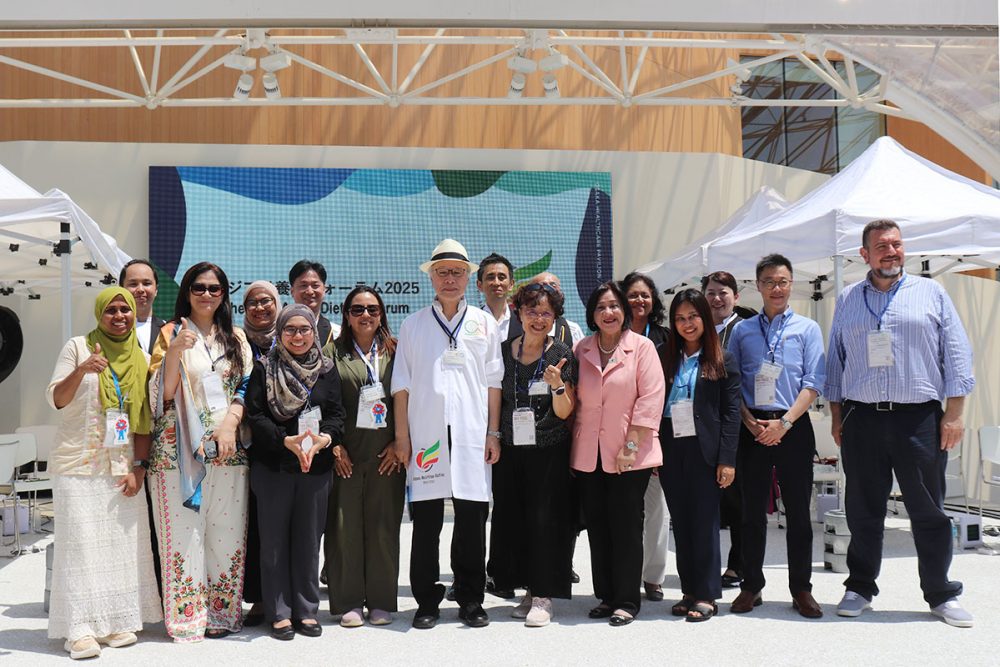Autumn's Rich Flavors and the Pursuit of 'Koku'
"Koku" has recently garnered attention in the global culinary scene for its potential to unlock the secret of flavors and encourage healthier eating habits.
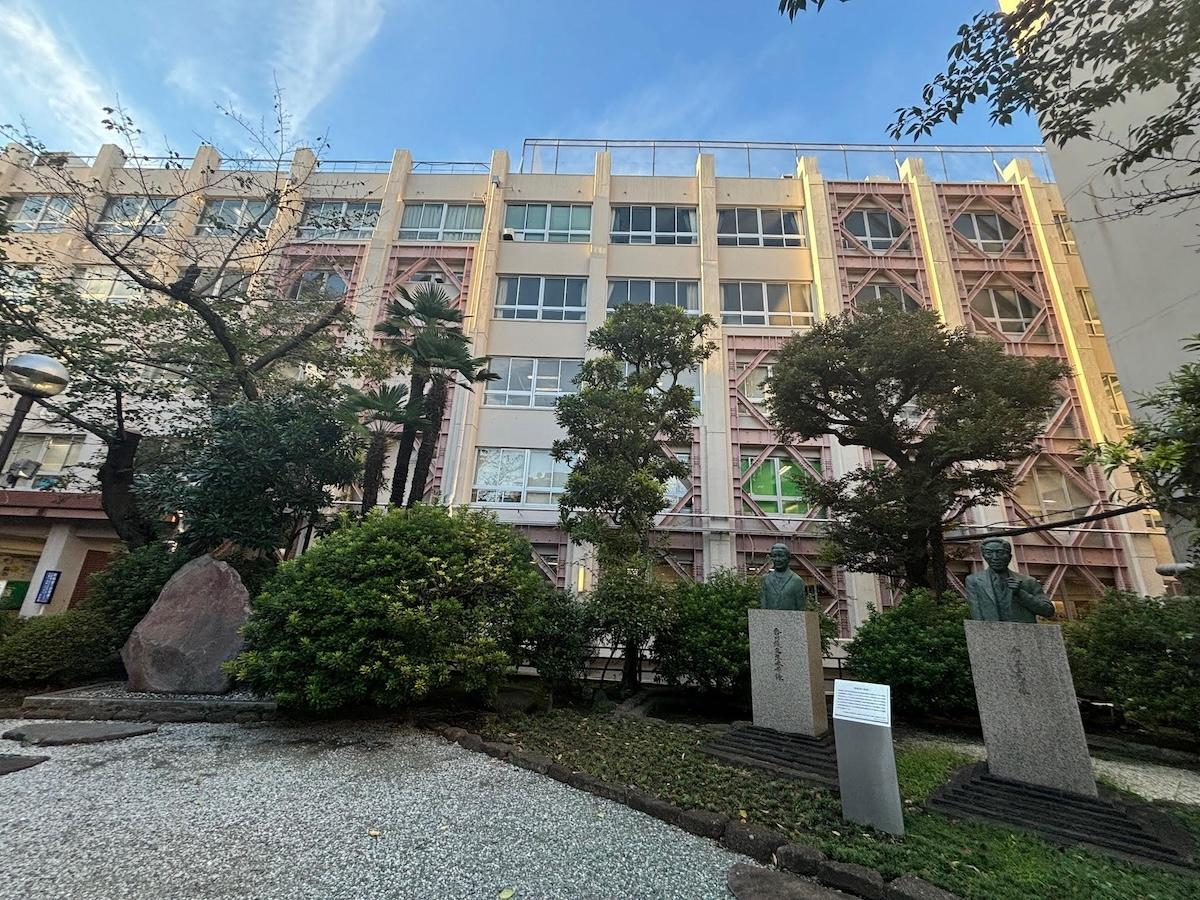
For a foodie like me, autumn is a much-anticipated season of flavors. Rice in fields around the country is golden and ripe, and the rice shortage we experienced this summer will soon be resolved. The scent of osmanthus blossoms fills the air.
A Key Factor in Umami
I recently visited the Komagome campus of Kagawa Nutrition University. It is located just a seven-minute walk from Komagome Station in Tokyo. A stately red-brick building and statues of the university's founders, Aya and Shozo Kagawa, greeted me as I passed through the front gate.
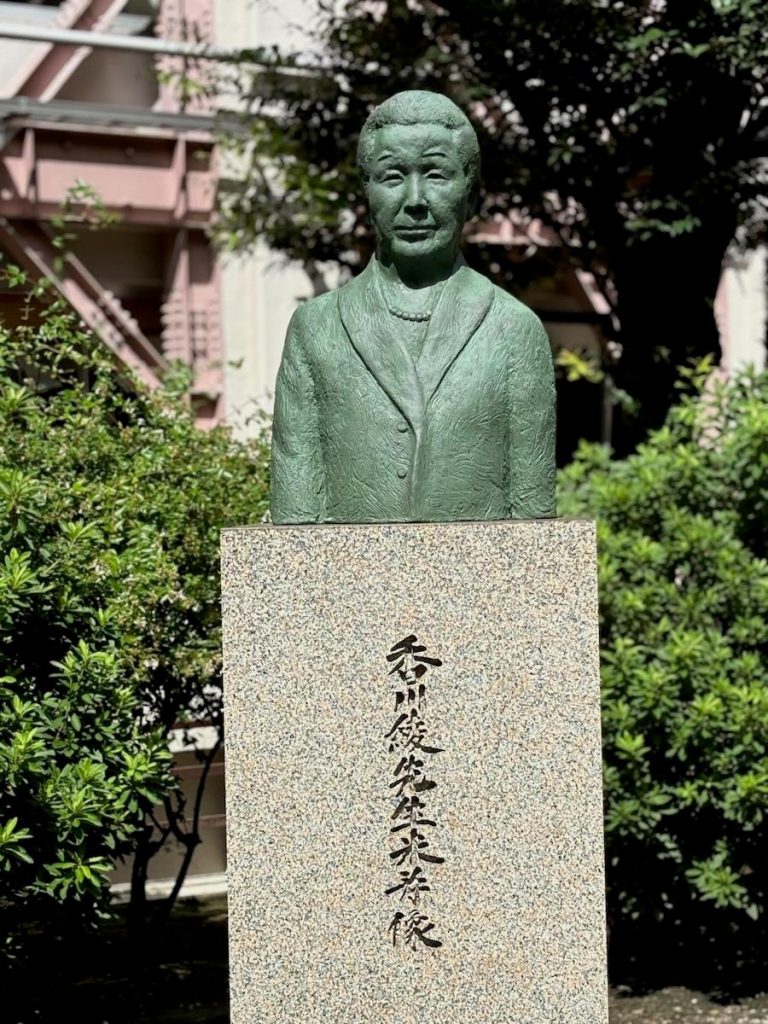
I was there to attend a meeting of the Society for Research on Koku Perception. It is the only research group in the world dedicated to studying the richness of flavor, or koku in Japanese. Koku has recently garnered attention in the global culinary scene.
In describing delicious food in Japanese, we often use the term umai. The kanji for umai can be written as "美味い" (delicious), "旨い" (savory), or "甘い" (sweet). This brilliant word, condensed into a single expression, reflects the Japanese attention to the intricate pleasures of food. It encompasses food's attractive appearance, rich umami, and the sweet allure of temptation.
Chefs often pay careful attention to factors like cooking temperature and time. They use various techniques to bring out the richness of flavor, such as simmering gently over low heat or sautéing.
Professor Toshihide Nishimura at Kagawa Nutrition University heads up the Society for Research on Koku Perception. He also serves as president of the Umami Information Center (UIC). Professor Nishimura explains that these cooking techniques all promote the development of umami compounds. In addition, they assist the Maillard reaction between amino acids and sugars, drawing out the richness of flavor.
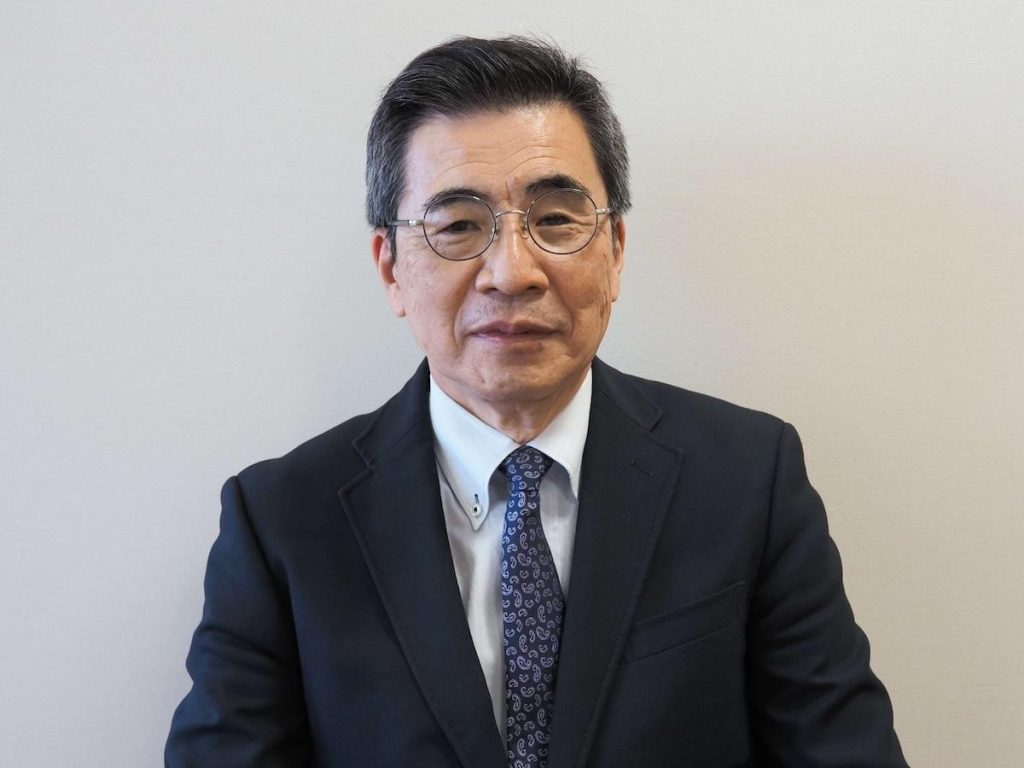
It seems that the richness of flavor is a key factor in determining if food is umai.
What is 'Koku'?
So, what exactly is richness of flavor? It can be explained by three key principles.
The first is "complexity." We can objectively evaluate complexity based on the variety of taste components present. For example, the longer a fermented or matured food ages, like miso or ham, the more diverse its components become.
The second principle involves how the flavor expands. When swallowing food, the retronasal aroma, or the scent that spreads from the throat to the nasal cavity, plays a significant role.
The third principle is "persistence." Fats and umami compounds in food help enhance this factor. Aromatic compounds are easily dissolved in fats, causing them to linger on the tongue and nasal membranes. This creates a symphony of taste and aroma, which is why oils and umami seasonings are deliberately used in cooking.
The Search for What Makes Up 'Koku'
Ajinomoto Co's research team was the first in the world to discover compounds related to the richness of flavor. Their most recent report was particularly fascinating. According to the team, the first discovery of flavor compounds related to richness goes back to 1990.
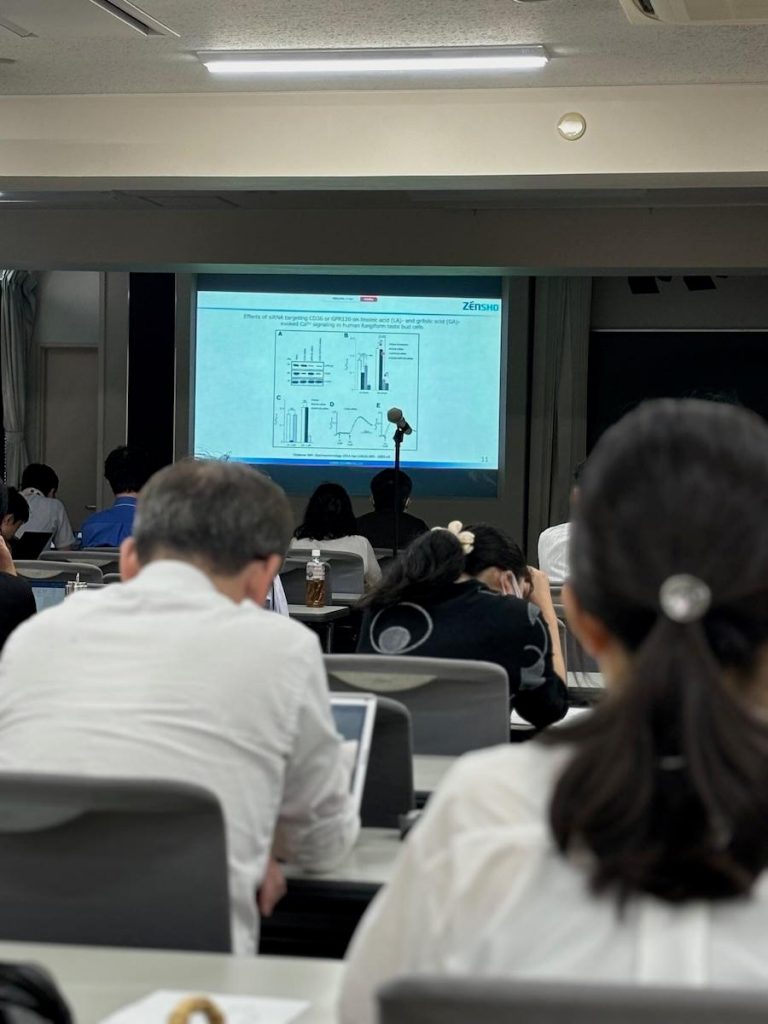
At the time, the team was researching the flavor components in garlic and onions. They were attempting to replicate the complex taste that professional chefs refer to as koku. Umami alone could not explain this feature.
They identified glutathione, a peptide made up of three amino acids. While glutathione itself is tasteless, it enhances basic flavors like umami and saltiness. It thus intensifies complex flavors and adds richness, improving the overall flavor. The researchers named substances like glutathione "kokumi" ("richness of flavor") compounds.
Link between Taste and Aroma
Ajinomoto's discovery also marked the rise of koku as a subject of scientific inquiry. In 2010, while searching for amino acid receptors, researchers tracked down a calcium-sensing receptor that is one of the receptors for richness of flavor. They had discovered a koku peptide (glutamyl-valyl-glycine).
This peptide is relatively inexpensive to procure and is more stable than glutathione. It is easier to use in cooking and has a stronger effect in enhancing basic flavors. Now, the peptide is not only commercially available as a koku seasoning but has also been used to improve the taste of a variety of processed foods.
The research team also discovered that short-chain aldehydes (C3 to C6) produced from amino acids and fats during cooking, much like koku compounds, can activate koku taste receptors. Methional, an essential component in chicken soup, is among these aldehydes.
The discovery revealed a link between taste and aroma at the molecular level. Accordingly, Motonaka Kuroda, vice chair of the Society for Research on Koku Perception, called it a valuable breakthrough in the study of flavor and aroma.
Addressing Obesity
"With obesity continuing to rise globally, both in rich and poor individuals and nations, there is a growing call for a shift toward healthier eating with reduced salt, sugar, and fat. Research on koku could be a savior for people everywhere," Kuroda remarked.

The Japanese have long been a people who care deeply about the taste of food. This cultural passion led to the discovery of umami, the fifth basic taste. Umami has since taken the world by storm as an affordable seasoning. Now, research is well underway to unravel the mysteries of koku, sparked by the groundbreaking discoveries of researchers at Ajinomoto.
RELATED:
- Washoku: Can Japanese Cuisine Be Made Even Healthier for Future Generations?
- Umami-Packed 'Mushroom Ichiban' is Crowned Ultimate Seasoning Champion of 2023
- Fermentation: Japan's Umami Secret Will Make Your Mouth Water
Author: Hisayuki Uneyama, PhD
Dr Uneyama has been the Director of the NPO Umami Information Center(UIC) since 2022. After serving as a corporate fellow of the Ajinomoto Group, Dr Uneyama will retire in August 2024. Over his 26-year career at Ajinomoto Research Institute, his work has included basic development research on medicine and food. He has published over 100 academic papers in his specialty areas. After retirement, Dr Uneyama will continue with advocacy and science communication at Ajinomoto Co, Inc. He has strong ties with academia, including in Thailand and Vietnam.






